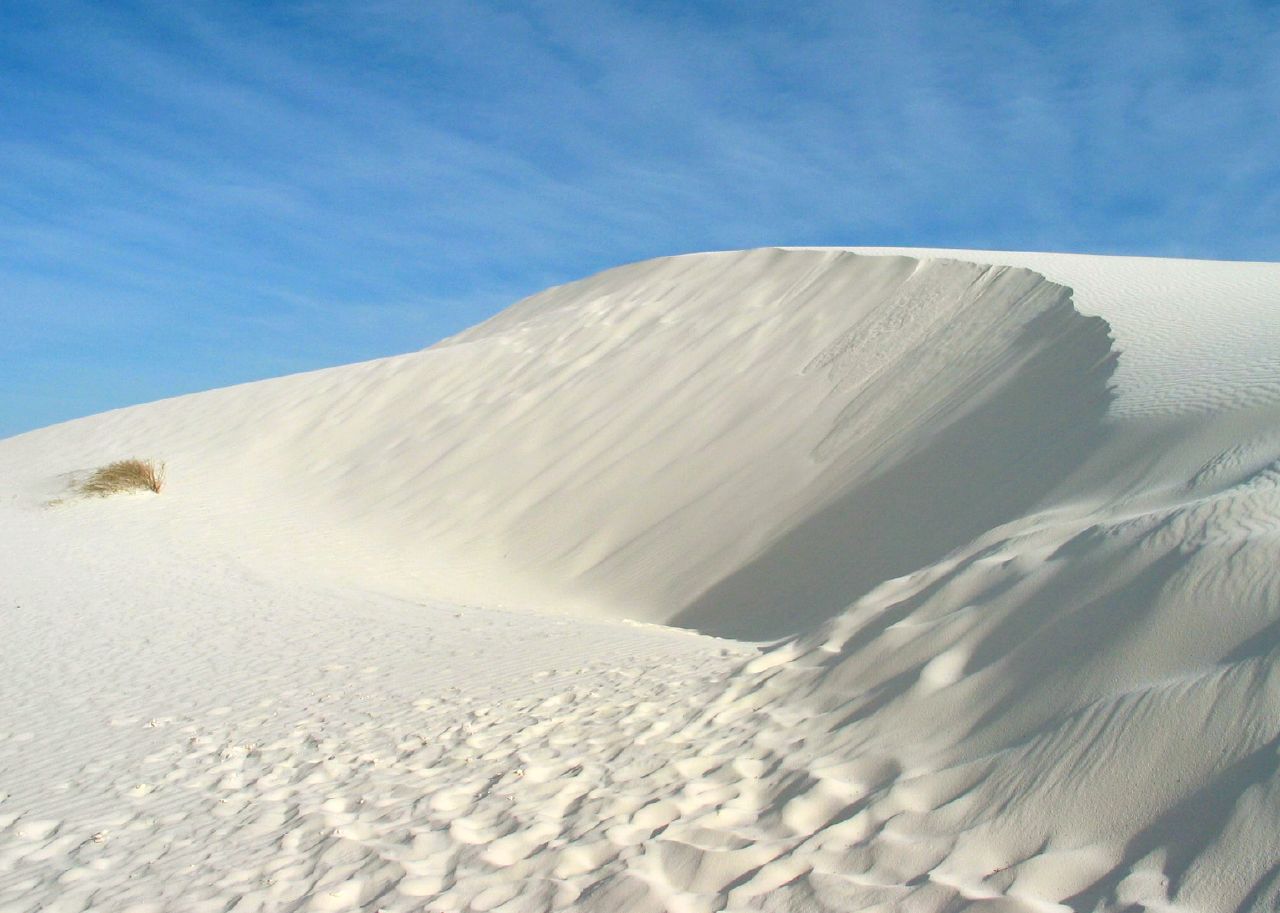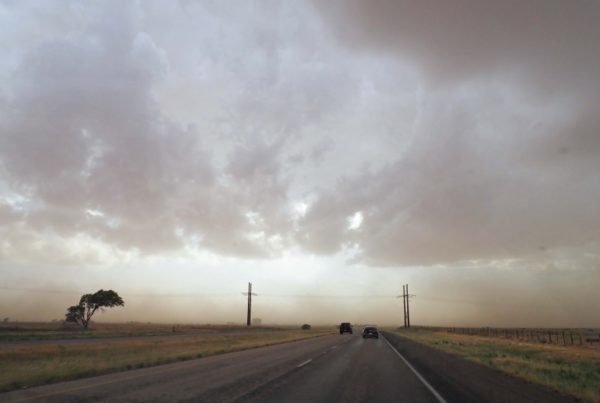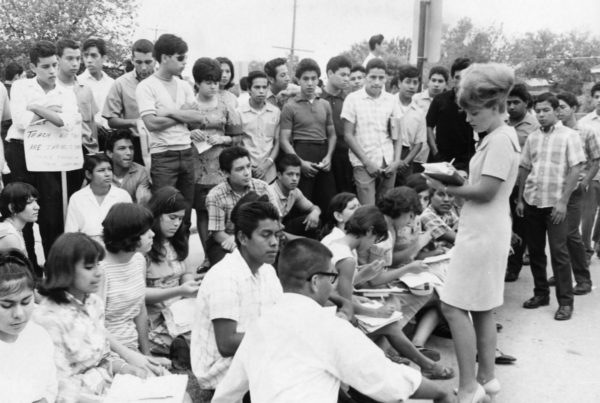Archaeologists thought they knew when humans first came to what’s now the southwestern United States. But ancient footprints discovered at White Sands National Park in New Mexico could drastically change that timeline.
Ancient humans made the footprints over 20,000 years ago near what was then a lake, according to radiocarbon dating results. That’s about 5,000 years before researchers previously thought the area was populated.
Lizzie Wade, a correspondent for Science, told Texas Standard that the prints improve our understanding of life in the area during the Ice Age.
Listen to the interview above or read the transcript below to learn more about them.
This transcript has been edited lightly for clarity:
Texas Standard: Tell us more about what exactly these researchers have found at White Sands. It’s not just the one set of footprints, right?
Lizzie Wade: They’ve actually found hundreds or even thousands of footprints, both from humans and from species of extinct megafauna like mammoths and ground sloths and ancient camels and things like that.
But the really exciting find for the dates are these set of human footprints in various layers of earth underneath White Sands that date between 23,000 and 21,000 years ago, which is, as you just said, a long time before archeologists expected to find any traces of people.
You spoke with archaeologists who personally worked on dating these prints, as well as experts in the field who did not take part in the study. How confident are they that these prints were truly made over 20,000 years ago?
So that’s the key question, right. So they did radiocarbon dating on layers of seeds that they found in between the layers of the footprint, which is like incredible luck in archeology terms.
Radiocarbon dating is a great method. But the question remains whether those seeds…reflect the dates of the footprints themselves. So they could have maybe washed in from an older sediment like this with a lake back then, like it was very dynamic. So that’s there’s still a little bit of question. But this is definitely one of the strong pieces of evidence that people were in the southwestern United States that long ago.
So in face of this new evidence, what might anthropologists and archeologists who study this region have to rethink?
The timing and the routes into the Americas – there’s been a lot of debate over the past 50 or so years about exactly when people were able to first arrive. And, is that after the glaciers are melting and people would come down the coast in boats?
And this timing pushes those possibilities back even further and says maybe people were able to come not after the glaciers started melting, but even before they first formed. So that opens up a huge range of time into the past that archeologists are just really beginning to explore.
What’s known about the people themselves who left these prints? Are there any clues as to what their lives might have been like besides the important dating of these prints?
In other sites in White Sands … you can see evidence that they were hunting megafauna, like dragging the bodies along. So there were definitely hunter-gatherers at that point, that’s for sure. And what’s amazing about these prints, although there are no artifacts or anything that could really clue us into like the specific culture of the people who left these specific prints, the size of many of them, suggests that they were left by children or maybe teenagers. So that really gives you like a sense of kids kind of playing by the side of a lake. And, it really brings out the … human connection to these landscapes and to us over time. You know, I think they were doing very similar things to what we would do on the side of a beautiful lake.













